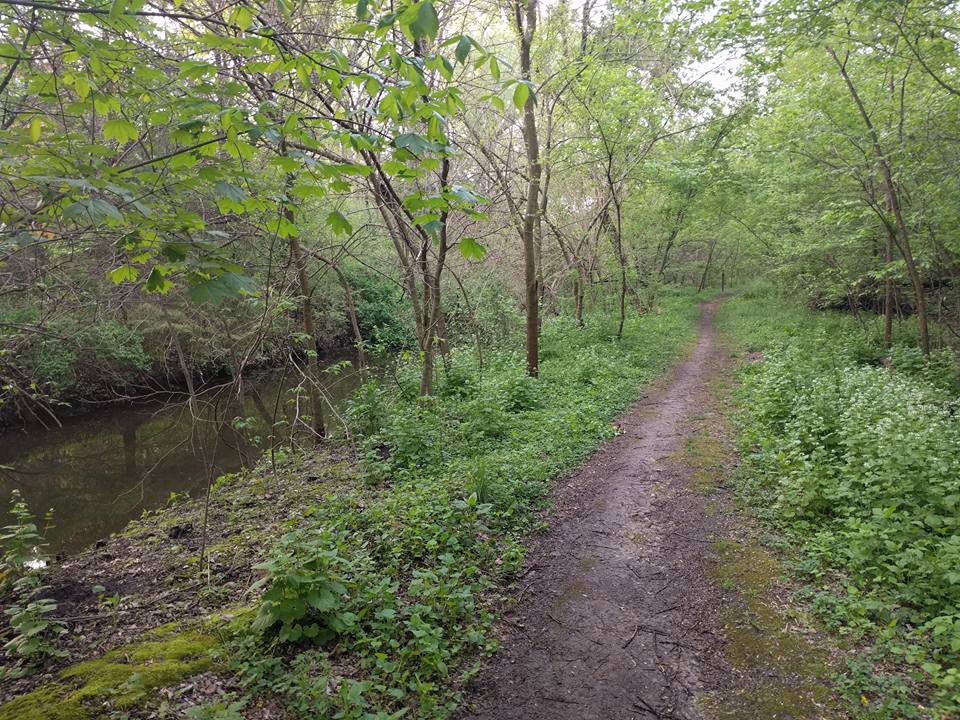Read James 1:2-4

Photo by Jacqueline Munguía on Unsplash
This week, let’s take a look at joy. Some connect joy to a happy occasion like a wedding or the birth of a child. But James writes about a different view.
A Different View of Joy
He urges his readers to find joy in their trials, not because suffering is fun. Instead, James tells them they can expect those difficult experiences to produce patience. As uncomfortable as it sounds, if you will choose joy, the Holy Spirit will complete His work in you and cause you to have everything you need.

The joy comes from the Holy Spirit as you trust Him to live through you, even when you are going through trials. Everyone suffers from something. For you, it might be a financial setback, conflict among family members, or a chronic health problem.
Nehemiah instructs the Israelites who returned from exile not to grieve on a holy day, but instead to believe that the joy of the Lord would be their strength.
God’s Joy, Our Strength
When you feel weak, you can rejoice in the Lord who died to pay for your sins, who rose again to give you newness of life, who ascended into heaven and now sits at God’s right hand, and who will come again. Allow His joy to be your strength today.
When trouble finds you this week, trust the Holy Spirit to live in you and through you so you can respond with joy. Allow Him to work patience into your life and give you everything you need to respond to it.
And finally, a blessing from the apostle Paul (Romans 15:13), “May the God of hope fill you with all joy and peace in believing, so that by the power of the Holy Spirit, you may abound in hope.”









 Most of us who work for non-profits have more work to do than we have time to do it. So we prioritize, focus on the task at hand and try not to think about what’s waiting for us when we’re finished with the task at hand. So what’s a writer to do?
Most of us who work for non-profits have more work to do than we have time to do it. So we prioritize, focus on the task at hand and try not to think about what’s waiting for us when we’re finished with the task at hand. So what’s a writer to do? You’re done. Turn it in, take a well-deserved break, and then repeat the process with the next assignment.
You’re done. Turn it in, take a well-deserved break, and then repeat the process with the next assignment. How much time does it take to think of an idea and write a blog post? It’s a good question.
How much time does it take to think of an idea and write a blog post? It’s a good question. So, your standard is good enough. Aren’t you settling for mediocrity? Not at all. You are doing the best work you know how to do. It’s good enough. Imperfect action beats perfect inaction every time.
So, your standard is good enough. Aren’t you settling for mediocrity? Not at all. You are doing the best work you know how to do. It’s good enough. Imperfect action beats perfect inaction every time.